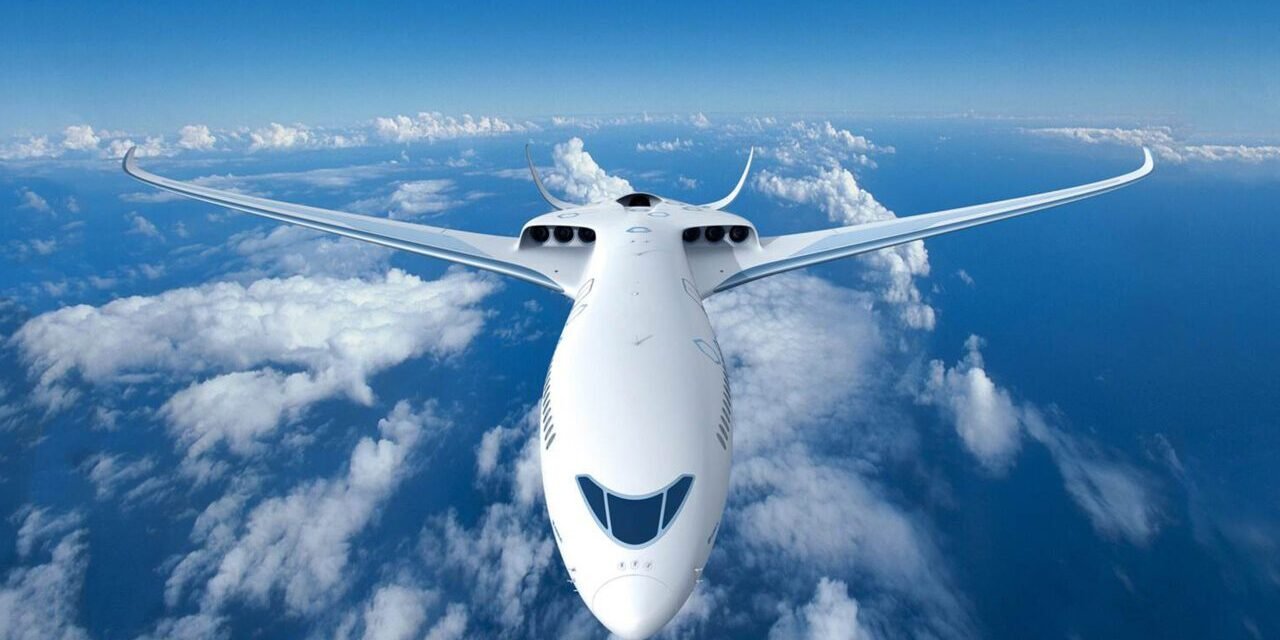Developing fully electric commercial aircraft is a transformative goal for the aviation industry, aiming to reduce emissions and improve sustainability. However, achieving this vision presents significant technical, economic, and regulatory challenges. Here’s a breakdown of the primary hurdles:
1. Battery Technology
1.1 Energy Density
- Challenge:
- Current batteries lack the energy density required to match the energy output of conventional jet fuels.
- Jet fuel provides about 43 MJ/kg, whereas state-of-the-art lithium-ion batteries deliver only around 0.9 MJ/kg.
- Impact:
- Limits the range and payload capacity of electric aircraft.
- Potential Solutions:
- Development of advanced battery chemistries like solid-state batteries or lithium-sulfur batteries.
1.2 Weight
- Challenge:
- Batteries are significantly heavier than fuel for the same energy output.
- Impact:
- Increased aircraft weight reduces efficiency, range, and payload.
1.3 Charging Infrastructure
- Challenge:
- High-capacity charging systems are required to rapidly recharge large aircraft batteries.
- Impact:
- Airports need to invest in substantial upgrades to accommodate electric aircraft.
2. Range and Payload Limitations
- Challenge:
- Fully electric aircraft currently struggle to achieve the range and payload capabilities of jet-fueled aircraft.
- Impact:
- Suitable only for short-haul and regional routes (e.g., <500 km) rather than long-haul flights.
- Examples:
- Aircraft like Eviation’s Alice target short regional routes due to limited range (~250-500 miles).
3. Thermal Management
- Challenge:
- High-performance batteries and electric motors generate substantial heat during operation.
- Impact:
- Efficient cooling systems are necessary to maintain safety and performance without adding excess weight.
- Potential Solutions:
- Advanced heat dissipation technologies and lightweight cooling systems.
4. Electric Propulsion Challenges
4.1 Power Output
- Challenge:
- Electric motors must generate sufficient thrust for takeoff, climb, and cruise phases.
- Impact:
- Developing lightweight, high-power-density electric motors is critical.
4.2 Reliability and Redundancy
- Challenge:
- Electric propulsion systems must meet strict safety and reliability standards.
- Impact:
- Redundant systems are needed to ensure safety, adding complexity and weight.
5. Infrastructure and Airport Readiness
- Challenge:
- Airports lack the infrastructure to support widespread electric aircraft operations.
- Key Issues:
- High-capacity charging stations.
- Grid upgrades to handle increased electricity demand.
- Energy storage systems for renewable energy integration.
6. Regulatory and Certification Hurdles
6.1 New Certification Standards
- Challenge:
- Existing regulations are designed for conventional jet engines and fuel-based systems.
- Impact:
- Certifying electric aircraft requires new standards for batteries, electric motors, and energy systems.
- Example:
- EASA and FAA are developing new frameworks for certifying electric aircraft.
6.2 Safety Concerns
- Challenge:
- Managing battery-related risks such as thermal runaway, fire, and short circuits.
- Impact:
- Stringent safety testing and validation are required.
7. Energy Supply and Sustainability
7.1 Renewable Energy Integration
- Challenge:
- Scaling up electric aviation requires clean electricity sources to maximize environmental benefits.
- Impact:
- Reliance on fossil-fuel-based grids diminishes sustainability advantages.
7.2 Lifecycle Emissions
- Challenge:
- The production, recycling, and disposal of batteries have a significant environmental footprint.
- Impact:
- Reducing lifecycle emissions requires improvements in battery manufacturing and recycling processes.
8. Economic Challenges
8.1 High Development Costs
- Challenge:
- Developing fully electric aircraft requires substantial R&D investment.
- Impact:
- Startups and smaller players struggle to compete with established manufacturers.
- Examples:
- Companies like Eviation, Heart Aerospace, and Lilium rely on venture capital to fund development.
8.2 Cost-Competitiveness
- Challenge:
- Electric aircraft must compete with traditional aircraft on operating costs, ticket prices, and efficiency.
- Impact:
- Until economies of scale are achieved, fully electric aircraft may be economically unviable.
9. Public Perception and Market Acceptance
- Challenge:
- Concerns about safety, reliability, and range may deter passengers.
- Impact:
- Building trust through rigorous testing, demonstrations, and education is essential.
10. Integration with Existing Aviation Ecosystems
- Challenge:
- Fully electric aircraft must coexist with conventional fleets during the transition period.
- Impact:
- Integration challenges include managing air traffic, maintenance standards, and operational compatibility.
11. Supply Chain Limitations
- Challenge:
- Producing high-quality batteries and electric components at scale requires significant supply chain upgrades.
- Key Bottlenecks:
- Availability of critical materials like lithium, cobalt, and rare earth metals.
- Impact:
- Potential for supply disruptions and cost inflation.
12. Scalability to Larger Aircraft
- Challenge:
- Scaling electric propulsion systems for larger, long-haul aircraft remains a significant technical hurdle.
- Impact:
- Fully electric solutions for wide-body aircraft are not expected in the near term; hybrid-electric systems may bridge the gap.
Examples of Current Progress
- Eviation Alice:
- A fully electric, short-range commuter aircraft targeting regional routes.
- Heart Aerospace ES-30:
- A hybrid-electric aircraft designed for short-haul flights with a backup conventional engine for range extension.
- Airbus ZeroE:
- A hydrogen-electric hybrid concept targeting mid-range routes.
Future Outlook and Potential Solutions
1. Technological Innovation
- Advanced battery chemistries like solid-state batteries with higher energy densities.
- Lightweight materials and improved aerodynamics to offset weight challenges.
2. Incremental Adoption
- Starting with hybrid-electric systems and short-haul electric flights before scaling to long-haul.
3. Collaboration
- Public-private partnerships and international collaboration to accelerate research, infrastructure development, and regulatory frameworks.
4. Incentives
- Government subsidies and tax incentives to make electric aircraft economically viable during the early adoption phase.
Conclusion
While the challenges in developing fully electric commercial aircraft are substantial, ongoing advancements in battery technology, propulsion systems, and regulatory frameworks offer promising solutions. Addressing these hurdles will require collaboration among stakeholders, including manufacturers, regulators, airlines, and governments, to create a sustainable, electrified future for aviation.
Hashtags
#ElectricAircraftTech #FutureOfElectricAviation #CommercialElectricAircraft #NextGenAviationTech #SustainableFlightInnovation #BatteryTechForAviation #EnergyDensityLimits #ElectricFlightBatteries #AdvancedBatteryDevelopment #AircraftWeightChallenges #PayloadCapacityLimits #RangeChallengesInElectricFlight #EfficiencyForLongHaulFlights #AirportChargingStations #CostChallengesInElectricAircraft #CertificationForElectricAircraft #CollaborativeElectricAviation













